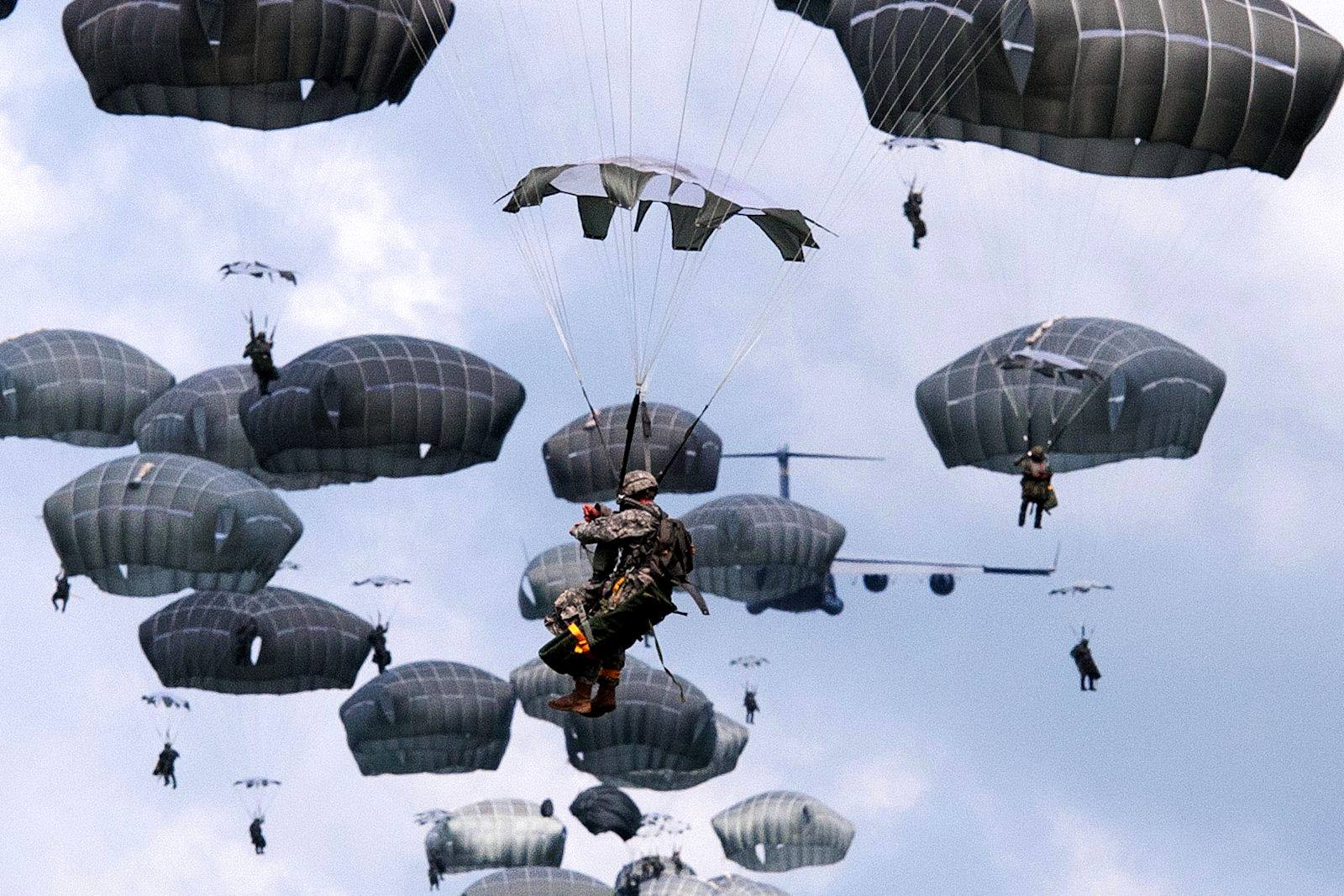

Under the new Army Vision of October 1999, a Brigade Task Force would deploy in 96 hours, the first Division in 120 hrs, and the full five Divisions in 30 days. The full five-division contingency corps plus a corps-support command would be in place by C+75. One heavy brigade would be delivered by C+15 under the plan, with two reinforcing Heavy Divisions (one armored plus either one mechanized or one air assault) arriving from CONUS by C+30. A ready brigade from a light division would arrive in the region of conflict four days after the start of deployments (C+4), with most of the rest of one Light Division following by C+12. Under the Army's 1992 Strategic Mobility Plan, the contingency corps would face a tight delivery schedule, that was revalidated under the Current Force Closure Requirements of the 1997 Bottom Up Review Mobility Requirements Study. The Army's focus is preparing a five-division contingency corps (with one airborne, two heavy, one air assault, and one light division) that would deploy on short notice and be capable of using force immediately upon entering a region.

That plan assumes that the United States will have fewer forces abroad in the future than it did during the Cold War. In response to its experience in the Persian Gulf War, the Army designed a set of goals for deploying forces rapidly to regional conflicts. XVIII Airborne Corps - "Contingency Corps" 27th Infantry Brigade (Enhanced) (Separate).


 0 kommentar(er)
0 kommentar(er)
